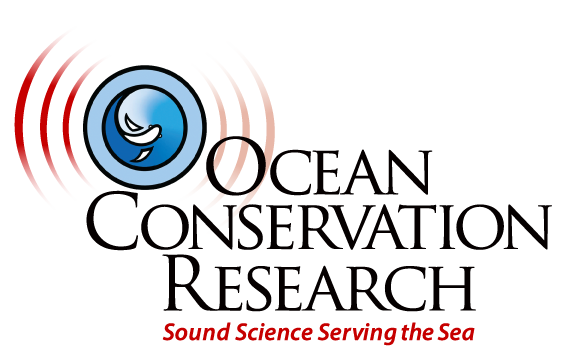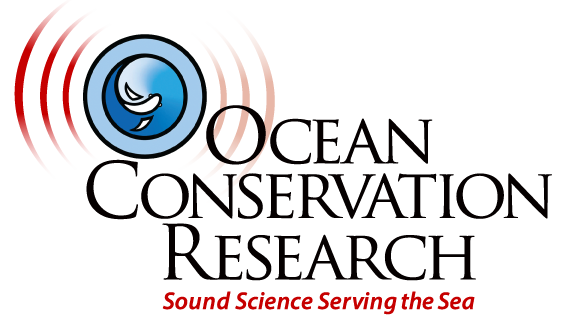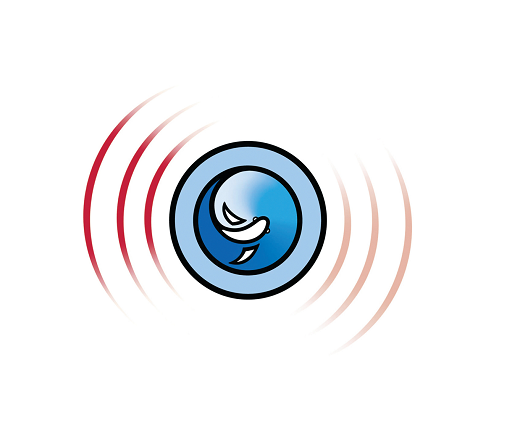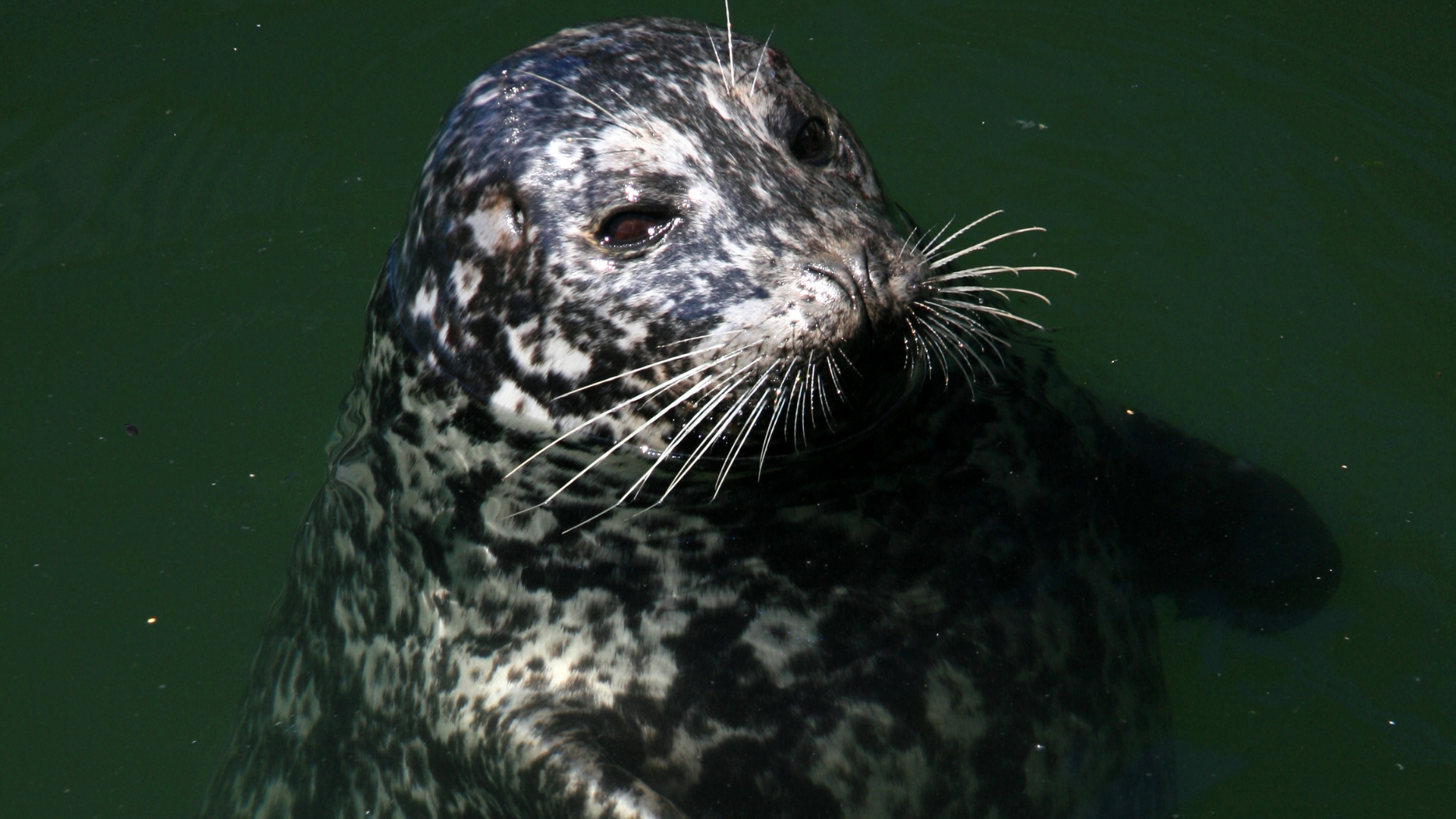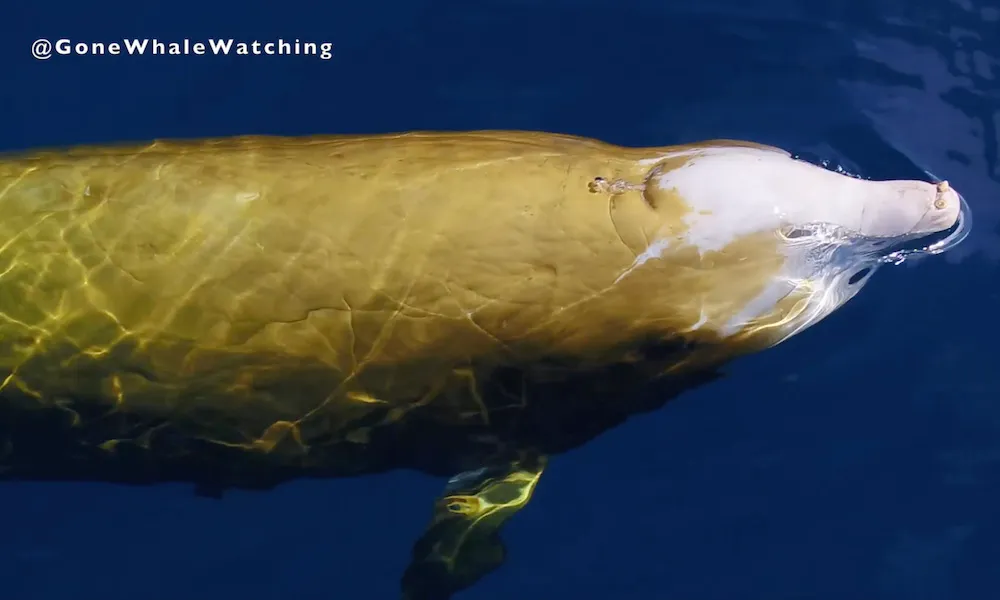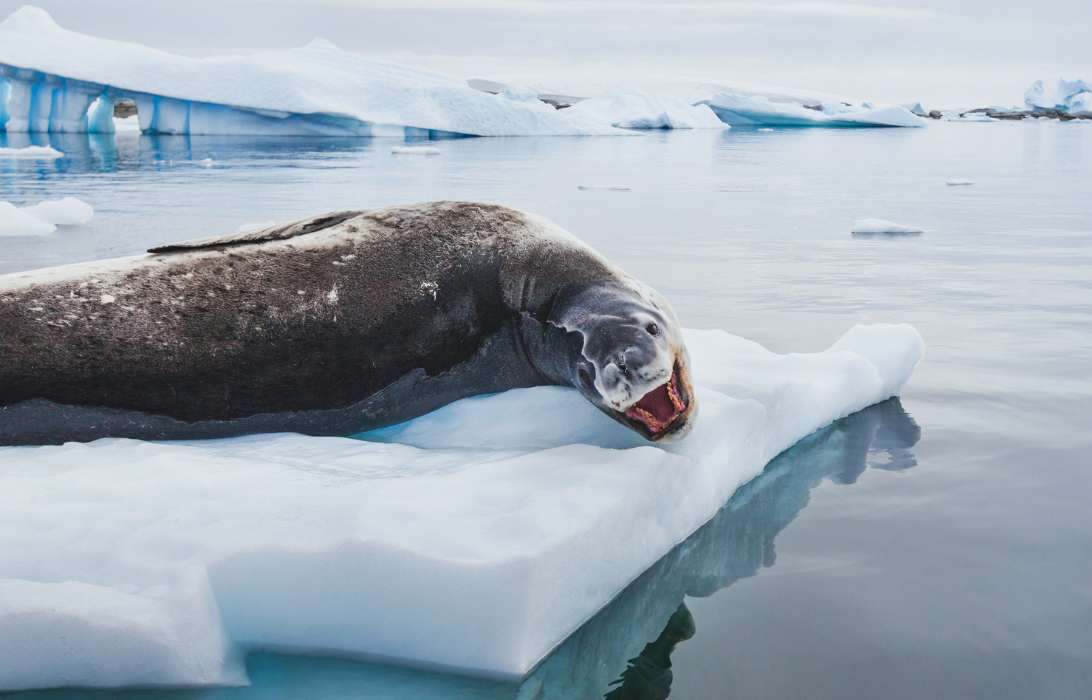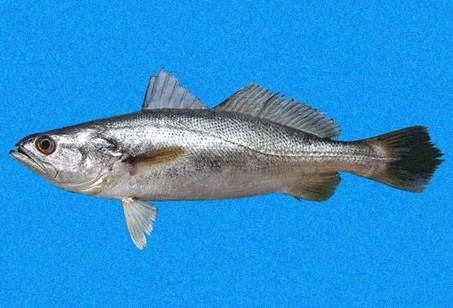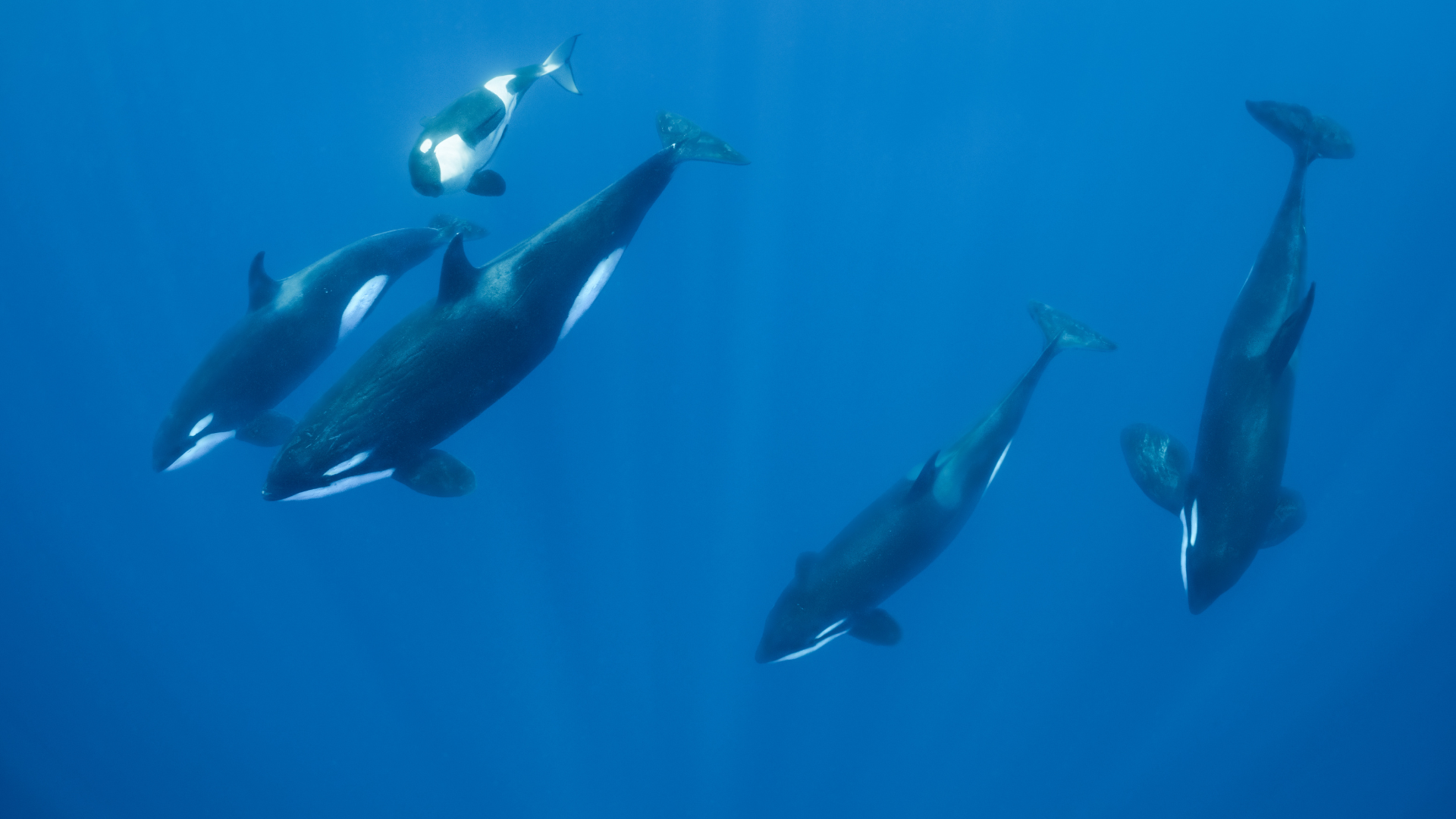Low-Frequency Sonar
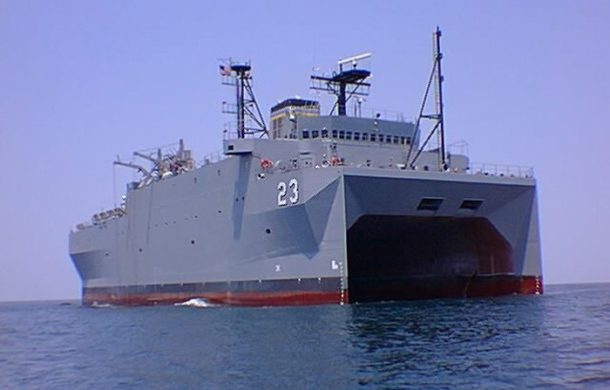
LOW-FREQUENCY SONAR came out of the work of the brilliant physical oceanographer Walter Munk. He had been working on the transmission of ‘phase coherent’ long wavelength signals since 1978. Taking advantage of the efficiency with which water transmits acoustical energy, and the far reach of low frequency, long wavelength signals, the idea was to create sounds in the sea that could be heard at long distances and carry decipherable information.
The concept went through a number of iterations including the Herd Island Feasibility Test (HIFT, 1991) which was the first sound heard around the world. The HIFT results were relayed into Acoustic Thermography of Ocean Climate (ATOC, 1995), and finally Low-Frequency Active Sonar (LFAS).
From a geo-physics perspective the idea is great, and the ability to transmit information around the globe would be particularly useful in surreptitious communication to tactical submarines. From a biological standpoint it may not be that great because these noises may mask important communication and navigation cues for baleen whales. These programs seem to have run their course, and while there may be future needs for a full scale LFAS program, currently (as best we can tell) marine basin-scale communications programs are not seriously compromising the ocean bio-acoustic habitat.
Audiographs
Low-Frequency Active Sonar Simulation
Humpback and LFAS 5x speed
Controlled exposure experiment exposing a singing Humpback whale to Low Frequency Active Sonar signals. At some point there is a change in the whale phonation after LFAS exposure. The response was noted in the associated paper:
Fristrup, K.M., Leila T. Hatch, Christopher W. Clark “Variation in humpback whale (Megaptera novaeangliae) song length in relation to low-frequency sound broadcasts” Journal of the Acoustical Society of America, V113:3411(2003).
Links
